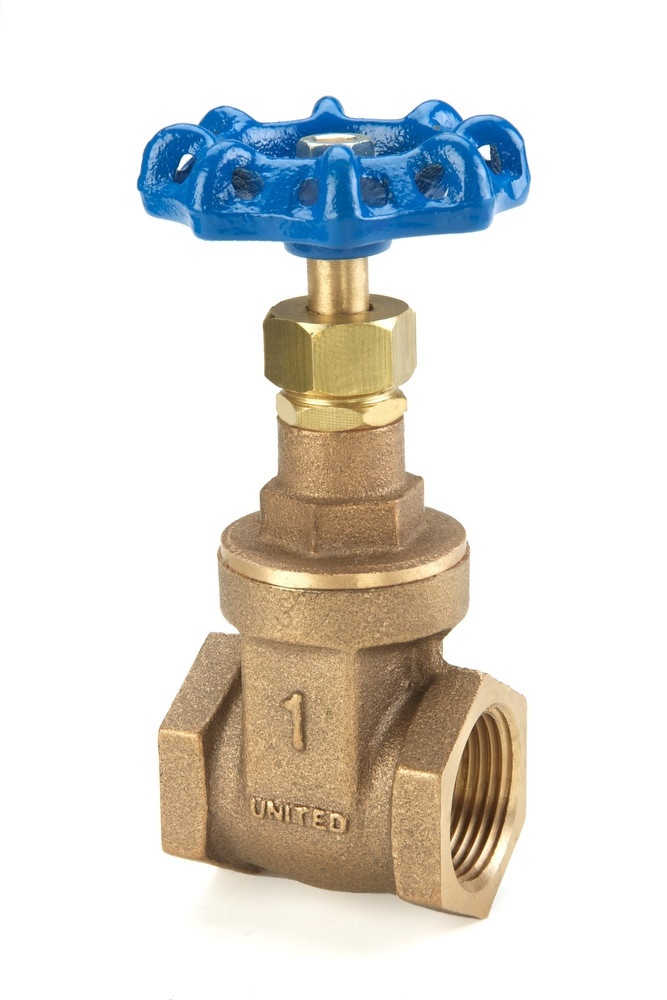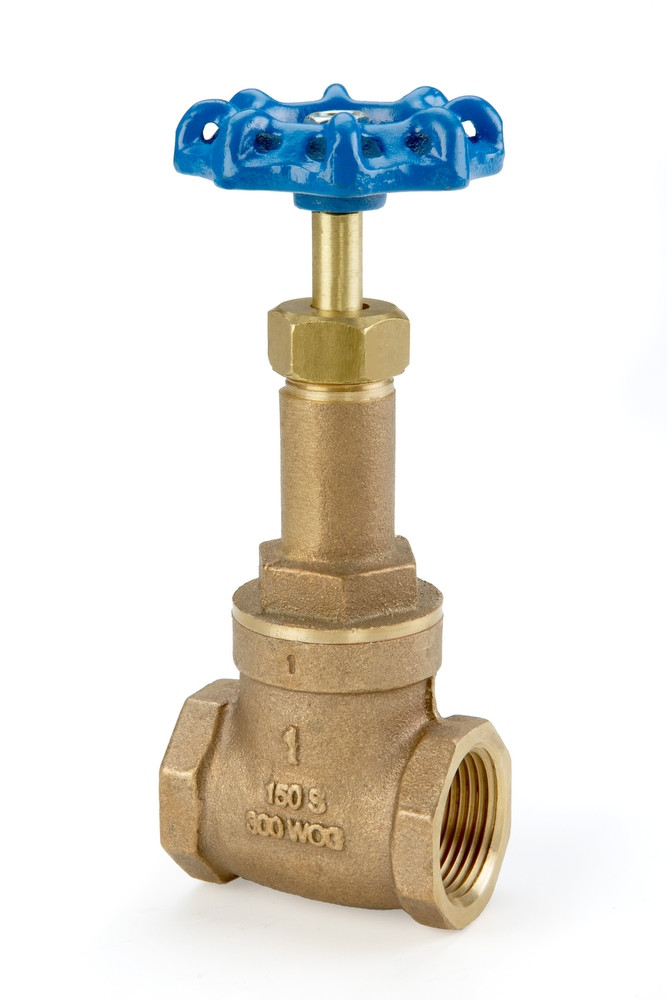Gate Valves
A Popular Option for Pipeline Systems
Gate valves and ball valves are the most popular valves used in pipeline systems and other industrial applications, and there are many options for both types. Selecting the correct valve has a significant impact on the success or failure of a pipeline system, and both ball valves and gate valves can be seen everywhere in the pipeline, where they both close and open the flow channel.
Because there’s a vast selection of valves on the market, it can be difficult to choose the best one for your project. But that’s ok; below, you’ll find good, straightforward information about gate valves that will help you select the right one. We also have information on our ball valves.
If you’re still unsure or don’t want to read all of this information, just ask us.
What Are Gate Valves?
Gate valves are used to start or block the flow of fluid completely via a pipeline by raising or lowering a solid gate. They consist of a valve body, seat, disc, actuator, shaft, and gland.
Rising Stems and Non-Rising Stems
The operation of gate valves involves raising the gate or disc to enable the media to flow through. Gate valves only allow a unidirectional flow.
There are two types of stem designs for gate valves. One is the rising stem gate valve, like our Model 17, where a handwheel raises the stem to the outside environment while simultaneously raising the gate. When you open a gate valve with a rising stem, the stem moves up and will rise above the handwheel. When you close the valve, the stem moves down.
The second type is a non-rising stem, like our Model 15, which has a stem that is inserted into the wedge, exposing it to the media. When the valve is closed or opened, the stem does not rise, and when the gate valve is opened, the passageway expands.
Best Uses For Gate Valves
The gate valve is an economical option for isolated conditions that don’t require frequent closing or opening. If a particular system only rarely needs to be turned off or on, and controlling the flow level is not required, the gate valve will save you some money while still doing the required job.
A gate valve offers improved leak tightness, seat alignment, and excellent shut-off.
When You Shouldn’t Use A Gate Valve
Gate valves are only used to completely open or completely close lines – they don’t manage the level of flow or pressure. They require more than 360° of multi-turn motion to change the position of the valve. (Ball valves, however, require only a 90° turn to go from open to closed or vice versa. This means gate valves require more time to shut off or open. For this reason, gate valves might not be the ideal option for applications requiring frequent operation or quick cycling. Gate valves are most commonly operated with a manual handwheel, but pneumatic options are also available.
Gate valves are linear motion valves. They have a flat or wedge-shaped disc that acts as a gate, controlling the flow of fluid within the valve. The gate valve works well when linear media flow with little pressure drop is desired.

Model 15 Gate Valve
Contact Us Today
Contact us today to learn more about how United Brass Works’ Industrial Valves can enhance your systems’ performance, reliability, and efficiency. Our team can assist you in selecting the correct valve for your application.
